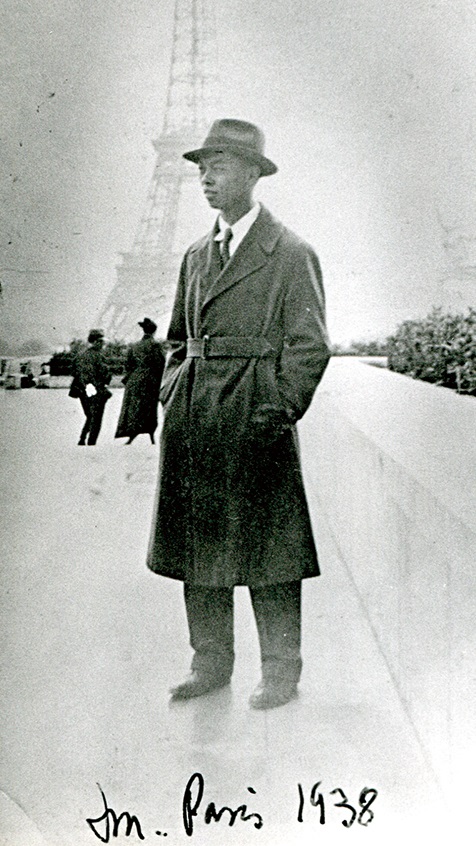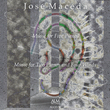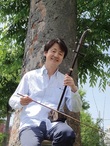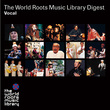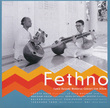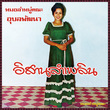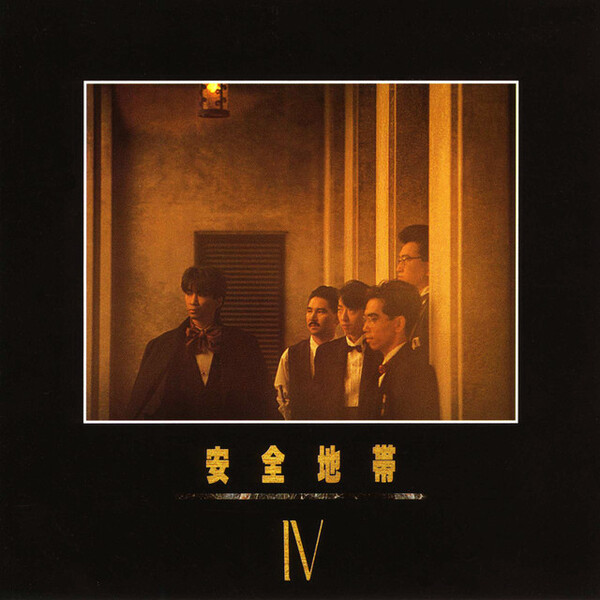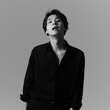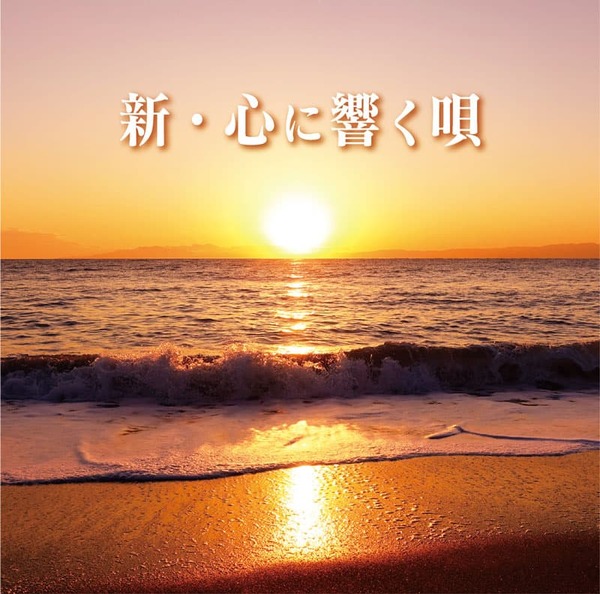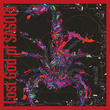José Maceda
Works for cassette players, and piano, by Filipino Ethnomusicologist / Composer - a man with an interdisciplinary soul, traveling back and forth between Europe, States, and Asia.
Text: Gen Igarashi
〈Cassette 100〉 - a composition for live performance by cassette players
TPAM – The Performing Arts Meeting in Yokohama scheduled in Feb of 2019 features 2-day concerts of José Maceda, a Filipino composer, under the curation of Aki Onda, a festival director. 〈Cassette 100〉, a composition, curiously known by the performance with 100 portable cassette players, and 2 other compositions for chamber ensemble with pianos are on the program (as titled “Re-staging José Maceda”). But how has José Maceda come into Onda’s artistic sight, who is also recognized by his performance using the cassette Walkman? Maceda’s 〈Cassette 100〉 (1971), is the work involved 100 participants carrying cassette players playing the prerecorded sound of bamboo instruments, and human voices. Is this a cassette player connection? No. That would be too simplistic. The proper question must be not “Why now Cassette Player?” but” Why now José Maceda ?”
It was through a CD, released from the label owned and produced by John Zone that Onda first encountered the music of Maceda. He said the idea of Maceda’s music, deconstructing the elements both from the music of Asia and Philippines and those from West, blew his mind. Considering Onda’s own current activities based in NY as a rootless cosmopolitan, by his own definition, he seems to be detached from the idea of an ecosystem of local music. Therefore, it is unexpected, and all the more meaningful, for an artist like him to be attracted by Maceda ’s music and philosophy rooted deeply in Pan-Asian music.
The shift from a musician of West to a musicologist of Asia, and the 100th anniversary year of Jose Mceda.
First off, how could he possibly be versed in Asian vernacular music elements plus the composition method of the post-war avant-garde of the States and Europe? Tracing his dynamic life history gives us many clues to this question.
It is said that he was born in 1917 in Manila Philippines and raised in a musical environment, where he was recognized as a piano prodigy. And in his twenties, he started studying piano under the maestro, Alfred Cortot at École Normale de Musique de Paris (where music analysis was taught by legendary Nadia Boulanger, who influenced many great composers such as Philip Glass and Astor Piazzolla. Maceda also studied briefly in her class.) Maceda continued to study French piano music in San Francisco under E. Robert Schmitz, a prominent pianist known for his interpretation of Debussy. But studying ethnomusicology at Columbia University N.Y. in the 1950s opened his eyes to Asian musicology and brought him to a turning point. Around that time in the States, researches in the field of local folk and ethnic music had just begun to thrive, and he was apparently involved in that movement. Coming back to Philippines, he devoted himself to the research of indigenous music and cultures that survived in fringe areas of Indonesia, Thailand, Malaysia, Vietnam, China, Korea, and Japan. While Maceda spent his time mostly as an ethnomusicologist in the 1950s, he contacted with 〈Groupe de Recherches Musicales〉 at Radio France (RTF - Radiodiffusion-Télévision Française) known for the works of musique concrete. It was in the 1960s, in his forties, when he started composing. It is dazzling and mesmerizing to me to just briefly review his life. Born in 1917, Maceda had the 100th anniversary of his birth last year, and what a pity it was that there was no homage paid to his music in Japan.
A memory over the piano, or piano music of Maceda, by Aki Takahashi
The program on the second day of the 2-day concerts shows that we are to listen to 2 pieces composed for chamber ensemble. One is 《Music for Five Pianos》(1993), and another is 《Music for Two Pianos and Four Winds》(1995). These 2 pieces, which are distinctive among Maceda’s compositions, were composed for Aki Takahashi, a prominent pianist and exponent of contemporary music. Recently I was able to do an interview with Aki Takahashi and heard an interesting episode about the birth of these 2 compositions:
It was a 1979 music festival in Seoul, organized by ACL (Asian Composers League), when she first met Maceda. Since that concert, she had several occasions to see him in person. At one time, while chatting with him in a concert entitled 〈Music Today〉 directed by Toru Takemitsu, she cast a simple question to this ethnomusicologist and composer: “Do you compose for piano?” “I have no wish whatsoever to compose for such an old-fashioned instrument,” Maceda replied in a flat manner. This bluntness of Maceda’s answer could have been a wit all his own. However, when I learn that he became an ethnomusicologist through his discovery of Asian vernacular music and that his compositions often employed traditional Asian instruments and also that he was writing music almost against the so-called European well-tempered music, it is not odd to say that Maceda must have conflicting ideas about the instrument “Piano”. Aki’s question; “do you compose for piano?” could have been the one that Maceda must ask himself, to which he had to find an answer sooner or later. In his later years, Aki became his close friend and recalled: “Maceda always found himself touching the piano in his spare time.” His instrument was always a piano.
Around the “Music for Pianos”
2 pieces on the program of the second day respectively and uniquely consist of “5 Pianos” and “Two Pianos and Four Winds” A sense of sound space also plays an important role here as in Maceda’s. orchestral works. 《Music for Five Pianos》 starts with the pitch of “A” alternately repeated in different octaves in a call-and-response manner, reminding the listeners of the tuning of the orchestra, and then goes to minimalistic repetitive figures, which are strewn throughout the piece, giving it a great clarity of sound. Once all these elements are mixed, the sound evokes elastic echoes and swaying organic grooves on the contrary to its geometrical look on the score. As if you are staring on the surface of the pond and catch unexpected fish heads popping up here and ther, or catch a sudden passing of fish in front of you. In the middle section, some patterns like an oriental pentatonic scale appear, but it never falls into tawdry exoticism. According to Aki, one could feel subtle scent of French pianism there. Certainly, scattered chromatic arpeggios may have traces of some finger movements of Debussy’s piano music. And we would know at the very end of the piece that Maceda was very confident of this work as the strong single-note hammering culminates into an ostinato.
The other piece 《Two Pianos and Four Winds》 obviously gives a more colorful sonic impression due to its instrumentation. Aki allowed me to look into the enlarged facsimile of its handwritten score at the interview. It was impressive for me to find so many additional instructions by him, such as crescendo even on smaller figures.
In his book “Drone and Melody”, the basics of his philosophy in music are illustrated as indicated in the title, however listening to these pieces proves that they are not as simple as the “melodies” on the “drones” in the low voice.
As a “drone” in his music is a 3-dimensional concept that has to do with timbre and perspective, his “melody” must refer to not just a lyric line of notes, but to a collective consequence or even an “Asian primal soundscape” brought forth by an ensemble.
Five pianos on stage will present a grand spectacle. And Yuji Takahashi, Maceda’s close collaborator since the 1960s and translator of the book 「Drone and Melody」, will join the ensemble. I am sure the concert will be one of the best and indeed a precious one.
Interpreted by Kazuki Takami(intoxicate)

